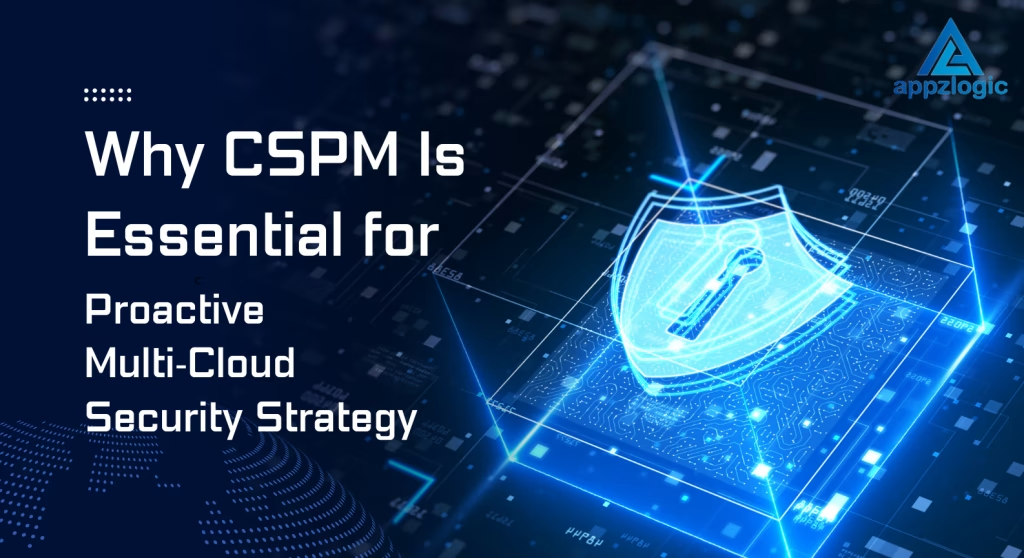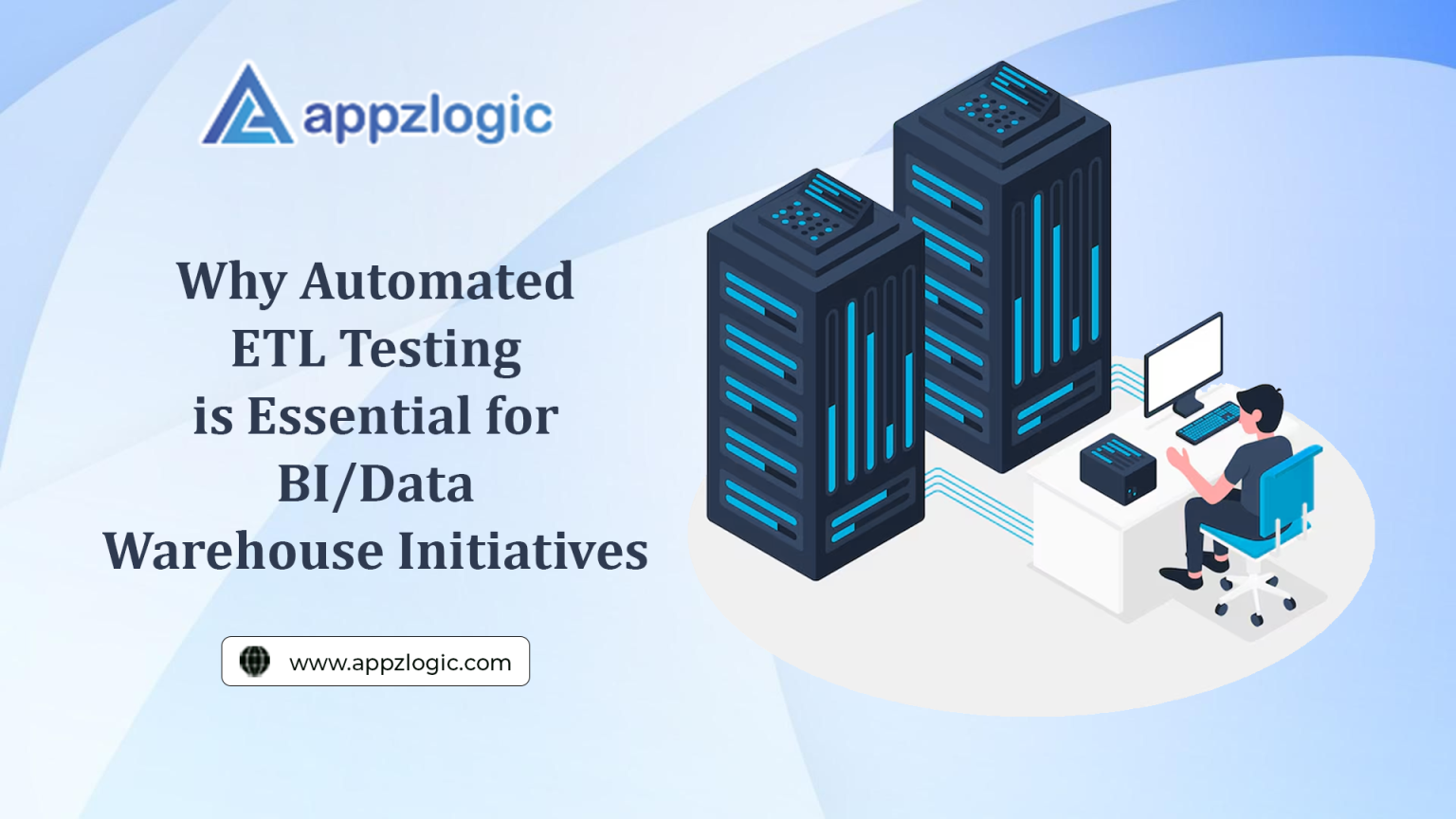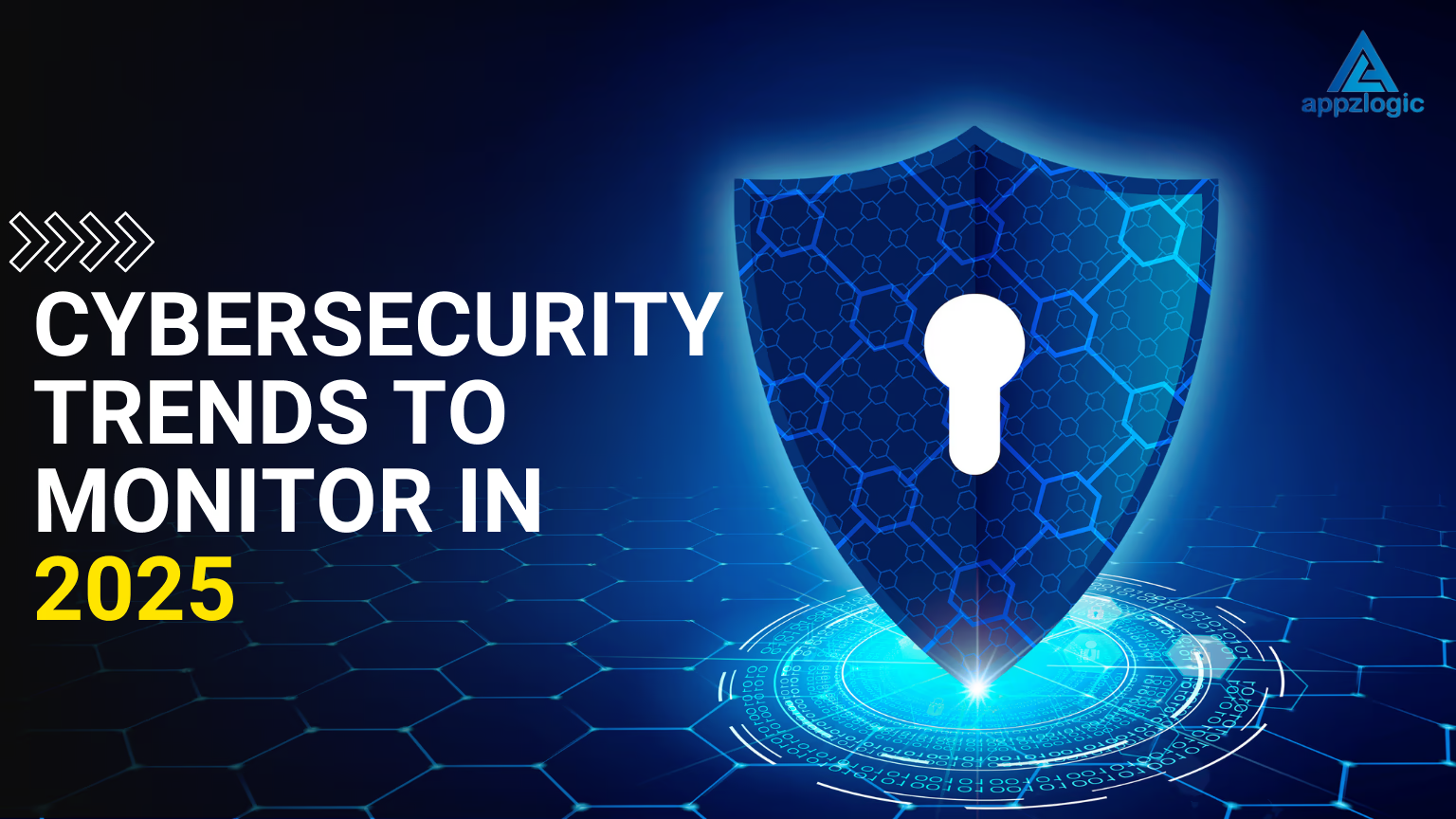
Why CSPM Is Essential for Multi‑Cloud Security Strategy
Cloud Security Posture Management, or CSPM, is a security approach designed to help organizations manage and improve their security in cloud environments. As businesses increasingly store data and run applications in the cloud, Multi-cloud security has become a top priority for organizations. However, managing different cloud platforms can be challenging without the right tools. This is where Cloud Security Posture Management plays a critical role by providing a comprehensive view of security across diverse cloud environments.
Why CSPM Matters for Modern Businesses
The flexibility of the cloud comes with shared responsibility. While cloud providers secure the infrastructure, businesses must secure their own data, applications, and configurations. Without proper oversight, small configuration errors can create vulnerabilities. CSPM continuously monitors the cloud environment, reducing the chance of human error and preventing security gaps that could lead to data breaches or downtime.
Cloud Security Solutions for Growing Cloud Environments

As cloud adoption continues to grow, businesses need intelligent cloud security solutions that can adapt to changing environments and align with internal governance standards. Traditional security measures often fall short in dynamic cloud infrastructures, where thousands of resources are spun up and taken down daily. CSPM solutions fill this gap by identifying misconfigurations early, reducing operational complexity, and enhancing overall visibility. As a U.S.-based Cybersecurity partner, we have helped startups and enterprises in cities like New York, Austin, and San Francisco in cloud Security and increase their ROI.
Proactive Cloud Security for Modern Enterprises
Organizations can no longer afford to take a reactive approach to cybersecurity. Proactive cloud security is essential for minimizing risks that originate from human errors, unauthorized access, and poor configuration management. With CSPM, security teams can anticipate potential threats and resolve them before they escalate into security breaches. This proactive stance improves incident response efficiency and build a culture of continuous improvement. According to the Data Security Council of India, businesses adopting strong cloud security frameworks such as CSPM experience improved regulatory compliance and reduced cybersecurity risks.
Multi-Cloud Security Strategy for Enhanced Protection

Multi-cloud security strategy is fundamental to dealing with distributed workloads and multi-tenant environments. CSPM enables organizations to enforce consistent security policies across cloud providers while maintaining flexibility. By unifying threat detection and compliance monitoring, businesses can prevent multi-cloud security challenges that often occur when managing disjointed systems. In addition, CSPM supports risk assessment processes by offering detailed insights into security gaps and trends.
Cloud Security Automation and Operational Efficiency
The rapidly changing threat landscape has necessitated the adoption of cloud security automation. Automating routine tasks such as compliance checks, threat detection, and asset discovery helps reduce manual effort and eliminates the risk of overlooking critical security issues. CSPM solutions leverage automated remediation to address vulnerabilities in real time, allowing IT teams to shift their focus to more strategic tasks.
Securing your Cloud Security Posture

In digital enterprise, maintaining a strong cloud security posture is key to protecting sensitive data and maintaining business continuity. CSPM ensures that all cloud assets adhere to security policies and compliance standards, thereby preventing cloud misconfigurations, which remain a major cause of data breaches. These tools also generate alerts for policy violations and recommend preventive actions to maintain operational integrity.
Why CSPM Matters in a Multi-Cloud World
Companies that rely on multiple cloud providers face unique threats due to fragmented visibility. CSPM addresses this by providing real-time visibility across cloud infrastructure components. This helps teams quickly identify unusual activity, verify access permissions, and reduce the likelihood of unauthorized data exposure.
Additionally, CSPM supports continuous monitoring, ensuring that any deviation from security baselines is immediately detected, reducing the window of opportunity for attackers.
AI-Driven Cloud Security and Emerging Technologies
The advancement in AI has paved the way for AI-driven cloud security. By integrating artificial intelligence and machine learning capabilities with CSPM, organizations can detect sophisticated patterns of malicious activity that traditional tools might miss. AI can analyze large volumes of alerts, filter out false positives, and highlight critical risks. AI-driven features help strengthen proactive cloud security management by predicting where vulnerabilities might emerge in the future.
Zero Trust Cloud Security and CSPM
A Zero trust cloud security framework assumes that every entity, internal or external could be malicious and requires verification. CSPM provides the foundation for enforcing zero-trust principles across cloud environments by regularly verifying resource configurations, monitoring identity and access policies, and alerting when suspicious behavior is detected.
Best Practices for Implementing CSPM
- Clearly define security policies and map them to applicable compliance frameworks.
- Integrate CSPM solutions with existing cloud monitoring and identity management tools to increase real-time visibility.
- Regularly review and refine configuration baselines to meet changing threats and regulatory requirements.
- Conduct comprehensive risk assessment exercises to prioritize remediation tasks based on impact and likelihood.
- Promote employee awareness and training to reduce the risk of cloud misconfigurations.
Conclusion
Cloud Security Posture Management is a critical component of any cloud security program. With the growing adoption of cloud technology and the increasing complexity of cloud environments, CSPM ensures that organizations maintain a strong security posture through continuous monitoring, automated checks, and compliance management.
Appzlogic provides industry-leading cloud security solutions that help businesses maintain a proactive and resilient cloud security posture.
Frequently Asked Questions
To identify security misconfigurations and ensure continuous compliance in cloud environments.
Yes, CSPM provides unified visibility and control across multiple cloud platforms.
CSPM focuses on posture management, while CNAPP includes broader runtime and application protection.
By automating monitoring and remediation of cloud misconfigurations before they become serious threats.
Yes, CSPM tools are scalable and suitable for organizations of all sizes.


